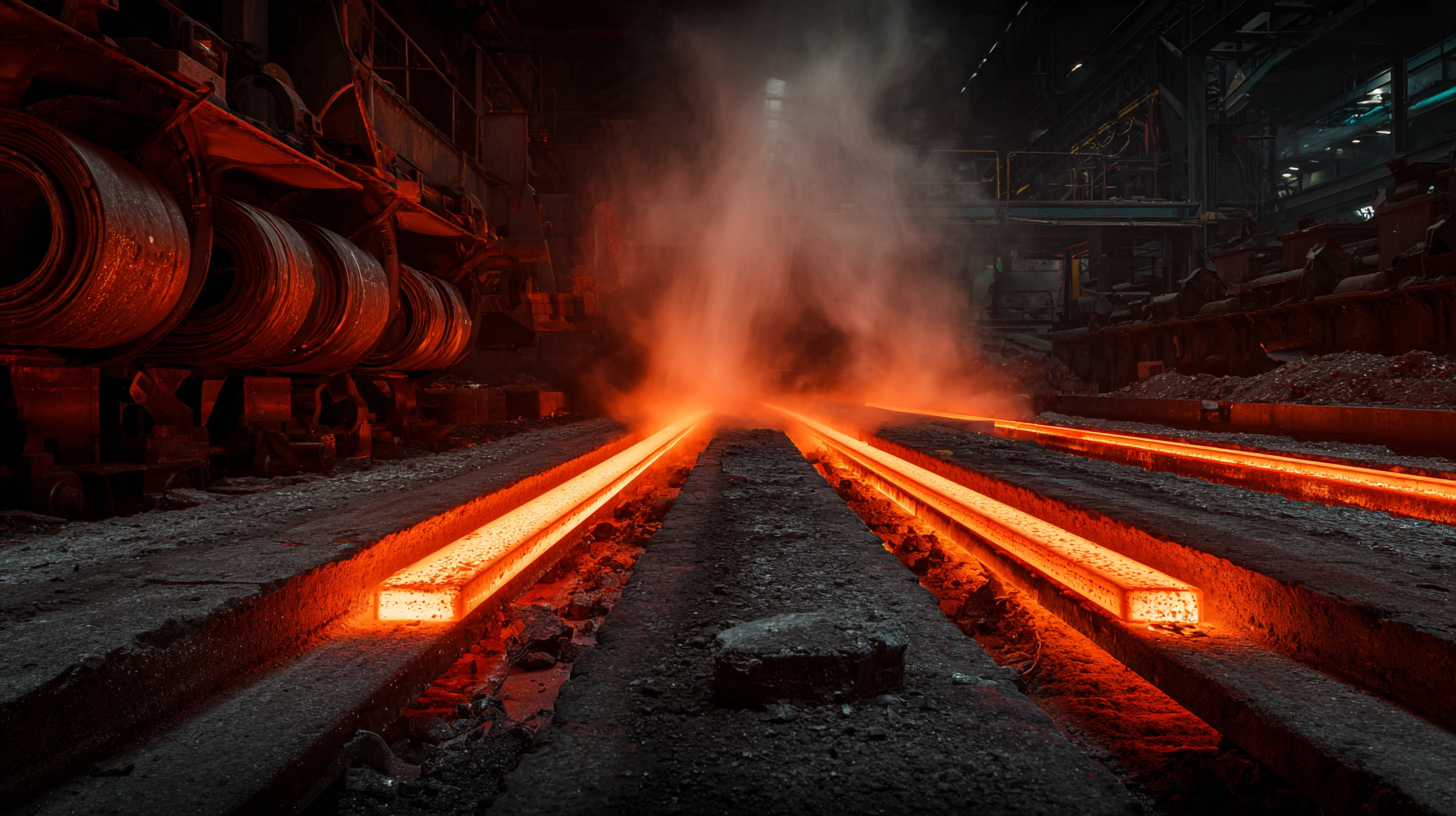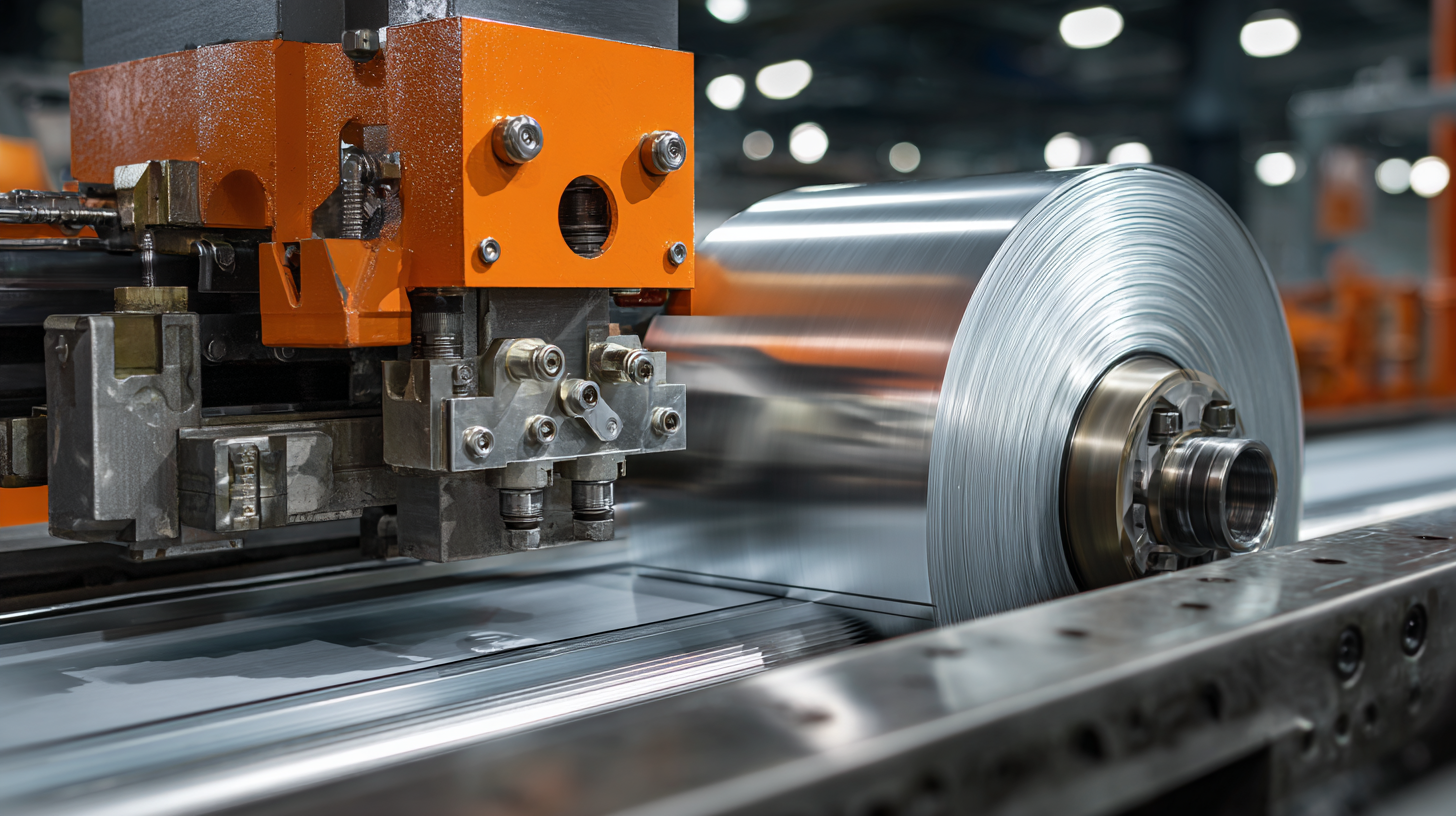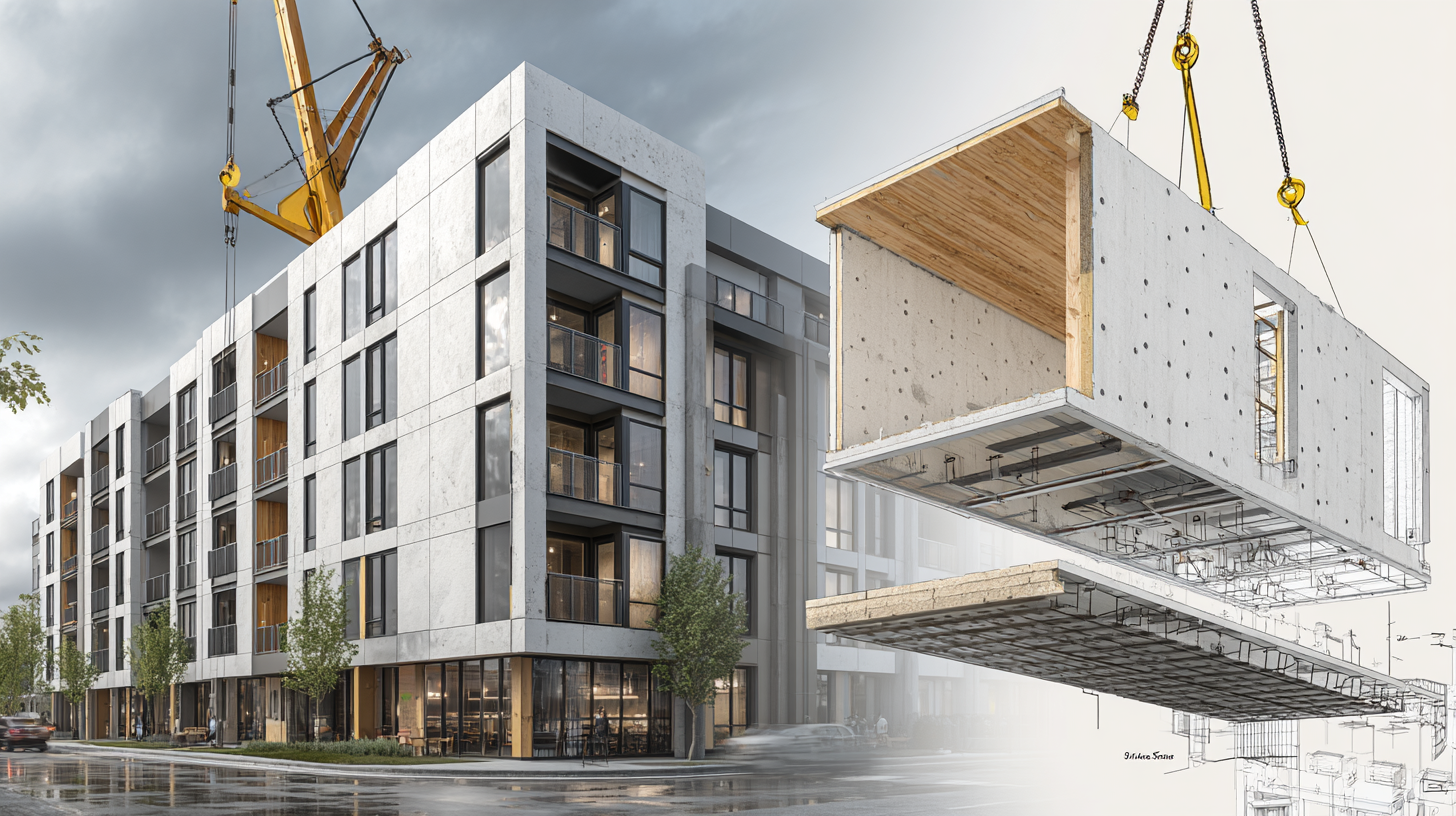Introduction: The Industrialization of the Built Environment
The global construction sector stands at a precipice. For decades, the industry has relied on methods that are labor-intensive, weather-dependent, and prone to significant material waste. However, the convergence of economic pressure, environmental urgency, and technological advancement is driving a paradigm shift toward industrialized construction. At the heart of this transformation lies Light Gauge Steel (LGS), also known as Cold-Formed Steel (CFS). This material is not merely a substitute for timber or concrete; it represents a fundamental change in how buildings are conceived, fabricated, and assembled.
LGS framing is the physical manifestation of precision engineering applied to the skeleton of a building. It bridges the divide between the bespoke nature of traditional craftsmanship and the efficiency of automotive manufacturing. For the modern developer and architect, LGS offers a pathway to construct high-performance mid-rise structures, mixed-use developments, and residential communities with a degree of predictability that traditional materials simply cannot match.
This comprehensive report delves deep into the science, economics, and application of Light Gauge Steel. It moves beyond surface-level definitions to explore the metallurgy of cold-working, the intricate mechanics of thin-walled buckling, the complex financial ecosystem of insurance and labor, and the global standards that ensure safety and longevity. By understanding these elements, stakeholders can leverage LGS not just as a product, but as a strategic asset in the delivery of the modern built environment.





